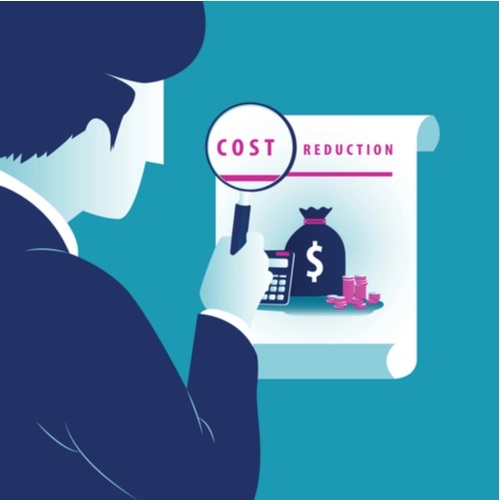
The True Cost of Localization — How You Can Save With a Solid Strategy
The cost of localization can vary widely among service providers, but most have a single shared component—they center on the per-word rate. Costs are based on quantity, so if you’re looking to translate a high volume of content, you’re most likely going to focus on the lowest rates you can find. However, this tactic often loses sight of the fact that localization isn’t just about translating words; it’s about accurately translating your brand for a new market.Service companies are generally conscientious of pricing and cost-sensitivity, so often their quotes don’t accurately reflect the final cost of your translation project. Before you get locked into a service contract where prices exceed your expectations, you should run a few tests and review the indirect costs of translation to measure the actual return on investment (ROI) of your project.
Evaluating the True Cost of Localization
Translation services can include a lot of unexpected hidden fees—many of which should, instead, come standard. Some add-ons that companies like to charge for include:
- Glossary management: Using your corporate glossary and keeping it up to date.
- Translation memory (TM): Managing the data that ensures accuracy and consistency (and may even inform and train machine translation).
- File upload or download: The simple process of downloading or uploading work files.
- Content formatting: Ensuring translated content will appear correctly in your program.
- Quality assurance (QA): A review of content for quality and alignment with your corporate glossary.
- TM savings: This would be a cost saver, especially as your translation memory gets smarter, since translation matches can mean less work for the translator. Unfortunately, very few companies are transparent enough about TM matches to offer this type of cost-savings opportunity.
These line items are so commonplace, you would probably never think to ask about them upfront. That’s why when you see them later on the invoice, they come as a surprise. To avoid running into these issues, you need to look beyond static prices when reviewing quotes and run a simulation.Take a document—something of relative complexity like a PowerPoint presentation—and ask the service provider to run a quote based on that translation. The estimate should incorporate all necessary components with no discounts. You can then take that same document to other agencies and get quotes with the same components to find the best possible all-inclusive price. Once you have that simulated quote, make sure that its pricing structure is the one reflected in your contract.Other factors that bear consideration are the QA hourly rate and time to completion. You may get one quote of $38 per hour from Company A and another for $24 per hour from Company B. However, when you further investigate the price, you may discover that Company A can complete QA in only one hour, while Company B takes ten hours.The key is transparency. The reliable company you can trust is the one whose per-word rate closely matches the estimate of your simulated project. Working with a company that strives to keep their pricing policies transparent is much less likely to lead to scope creep that causes skyrocketing costs. Plus, the transparency breeds predictability that you can use to measure your localization ROI and justify future expenditures in a particular market.
Calculating the Hidden Cost of Turnaround
One area that’s easy to overlook in calculating the cost of localization is turnaround time. This is an indirect cost that can lead to significant lost revenue. In many cases, a translation service agency that offers low prices does so at the expense of deadlines. A job that should take hours will instead take several days since the work is outsourced to a translator. Not to mention that it may require some revisions before being finalized for publishing.Consider an ecommerce site with millions of daily sales. A single day’s delay in translation could result in tens of thousands of dollars in lost revenue. When this is a potential risk, it’s best to thoroughly outline standard times for translation turnaround in a detailed manner. It’s also important to get a quote on how prices will change for expedited jobs.The true cost of localization can be tricky to nail down. That’s why Bureau Works offers a transparent platform where you are given a clear snapshot of how much a job is going to cost and how long it will take to complete. Once you upload the document, our system automatically generates a quote—and takes into account the use of translation memory and machine translation. By working with us, you can avoid surprises when it comes to billing and easily manage your project’s ROI.Bureau Worksensures you get a full picture of the cost of localization by providing fast quotes and easy-to-understand service arrangements.Contact our teamfor more details on how you can manage the cost of translation.








.jpg)

.jpg)

.jpg)
.jpg)
.jpg)
.jpg)
.jpg)

.jpg)




